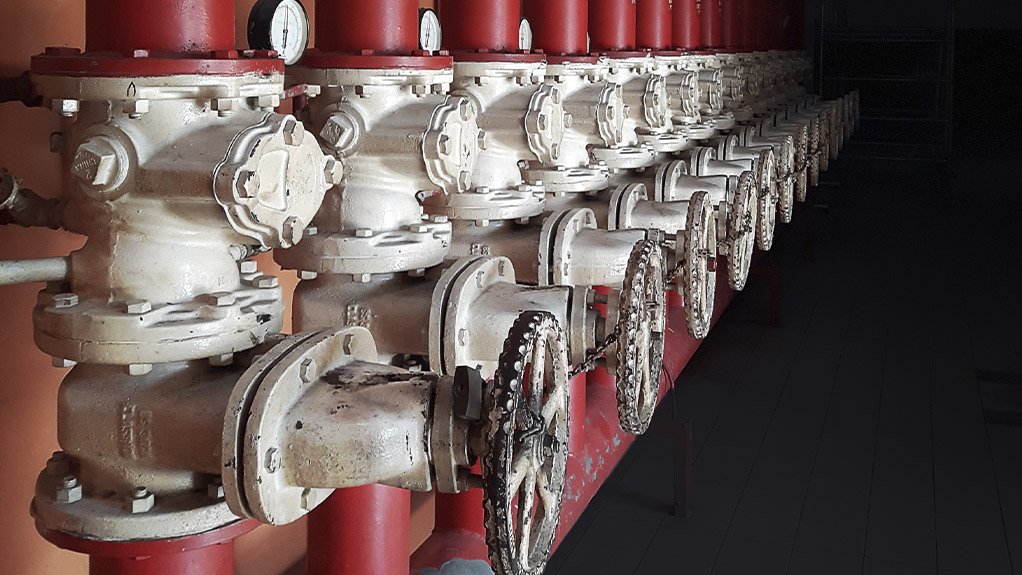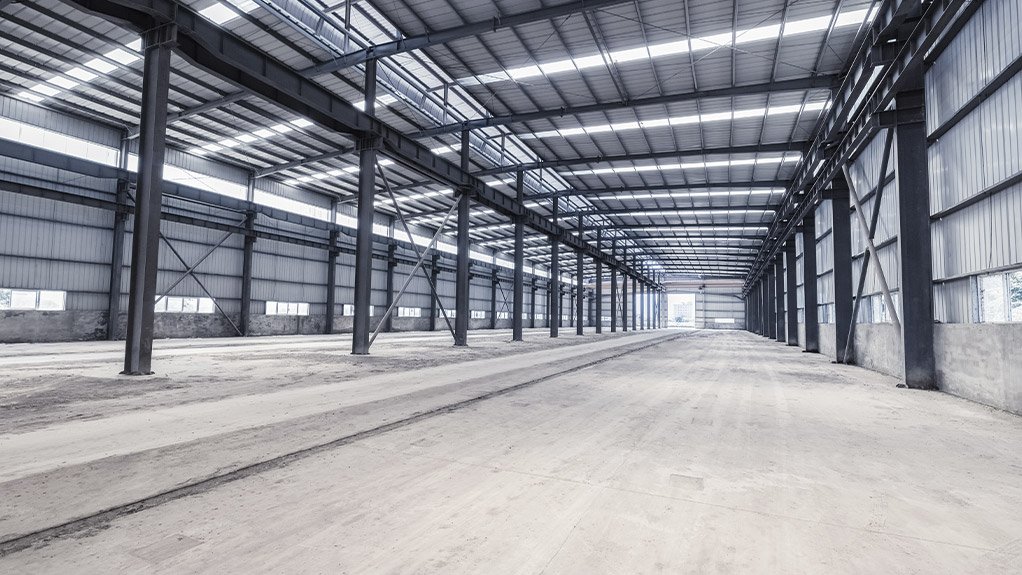Exposed steel structures refer to the steel components within a building that are not sprinkler protected, covered or encased by other materials. These structures are often found inside buildings, such as the steel framework supporting floors and roofs in large warehouses or commercial buildings.
Steel is a common material in construction due to its strength and durability. However, it has a critical weakness when exposed to high temperatures above the critical temperature of the steel cross section.
When steel reaches around 450°C to 550°C, its molecular structure changes, making it plastic-like and losing its strength. This phenomenon can lead to structural failures, as the once rigid steel becomes unable to support loads, causing collapses.
For example, during the collapse of the World Trade Center towers, the steel core failed due to extreme heat that weakened critical supports, leading to the buildings’ ultimate collapse, notes ASP Fire CEO Michael van Niekerk. Such fire risks can be mitigated by implementing the following measures:
- Sprinkler systems: To protect steel structures from reaching critical temperatures, buildings are often equipped with sprinkler systems to help keep the steel cool during a fire.
- Smoke ventilation: Proper smoke ventilation can help remove hot gases from a building, preventing the internal temperature from rising to levels that could compromise the steel structure.
- Intumescent paint: This special paint expands when exposed to heat, forming an insulating layer that protects the steel from high temperatures.
- Cladding and encasing: Steel can be clad in fire-rated boards, encased in concrete, or other fire-resistant materials to enhance its fire resistance.
For buildings, especially older ones that may not meet current fire safety standards, retrofitting options are available, points out van Niekerk. Intumescent paint can be sprayed onto existing steel structures, or they can be boarded up with fire-resistant materials. This process is relatively cost-effective and can significantly enhance the fire safety of older buildings, such as those in Johannesburg’s CBD.
Involving fire safety experts like ASP Fire during the design phase of a building can help address potential fire risks early on, ensuring that all fire safety measures are integrated into the construction plan. This proactive approach not only enhances safety but can also be cost-effective in the long run by preventing expensive retrofits and ensuring compliance with safety standards like SANS 1440.












